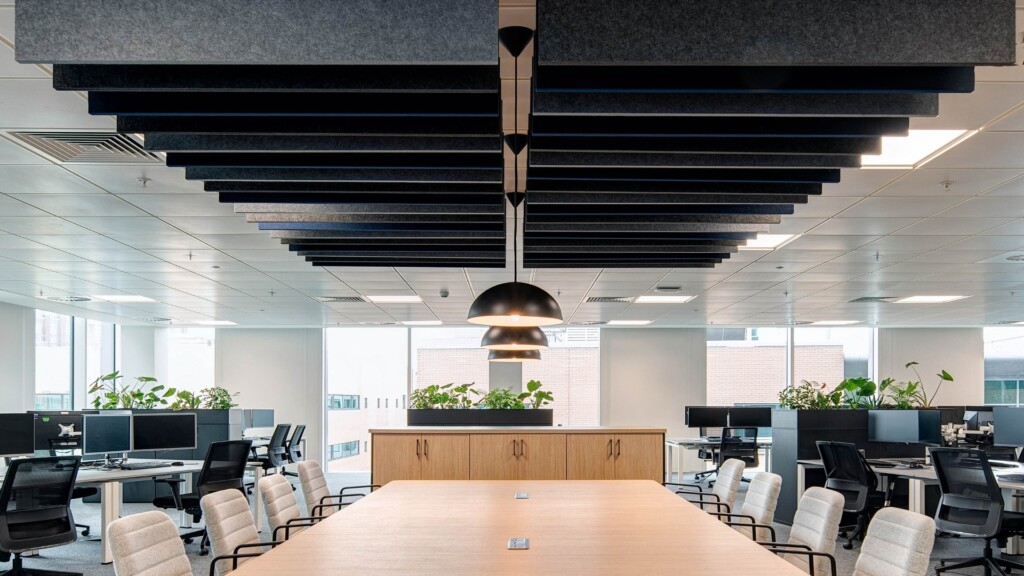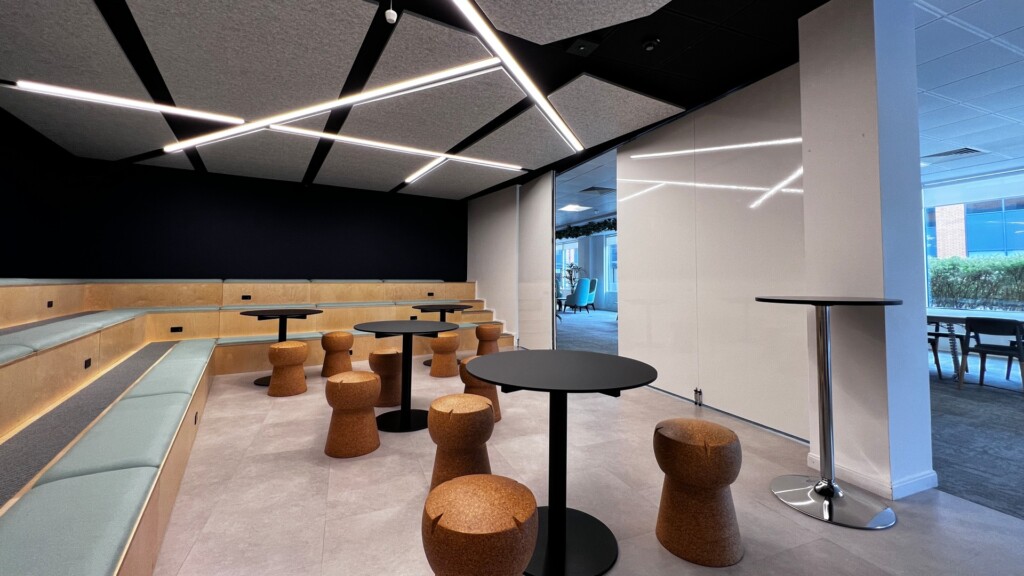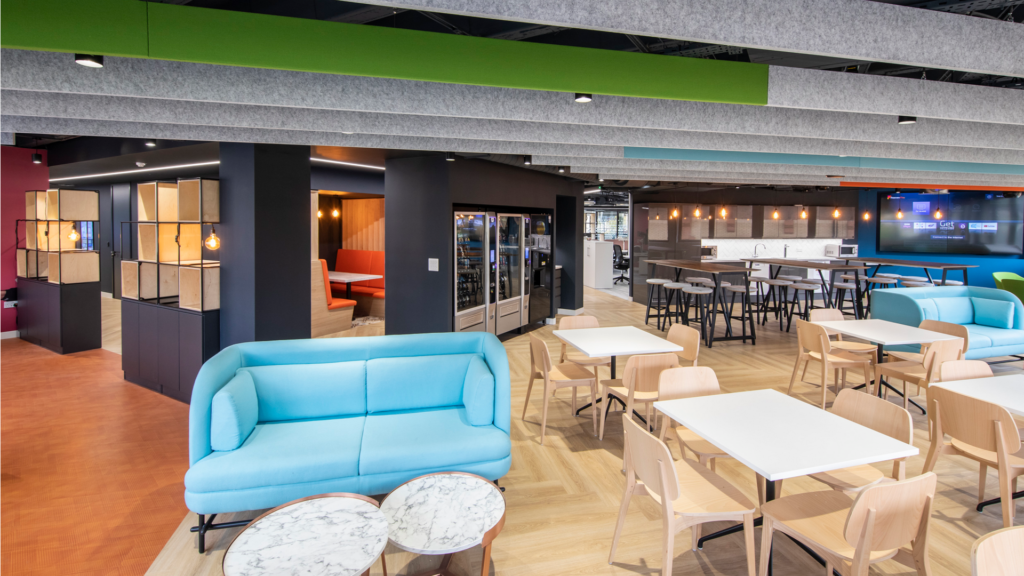When designing a workplace, there are a multitude of factors to consider – lighting, layout, furniture, and technology, to name just a few. However, one crucial element that’s often overlooked is acoustic design – to quote Julian Treasure: Sound affects us psychologically, cognitively and behaviourally, even though we’re not aware of it.
So, ensuring every workspace has good acoustics is so essential due to the significant positive effects on employee productivity, health, and wellbeing – here is a shortlist of the key reasons every workspace must consider acoustic design:
1. Reduce Distractions
Excessive noise levels can be a significant distraction in the workplace, hindering the ability of employees to concentrate and complete tasks efficiently. Good acoustic design will reduce noise levels, reduce distractions and enhance employee focus. After all, we know that it takes 23 minutes for any worker to return to focus after becoming distracted – and a study by British Journal of Psychology report a 66% decrease in workspace productivity due to noise in the workplace. Eliminating distractions with considered application of acoustuc materials is therefore a must and should never be just a ‘nice-to-have’.



